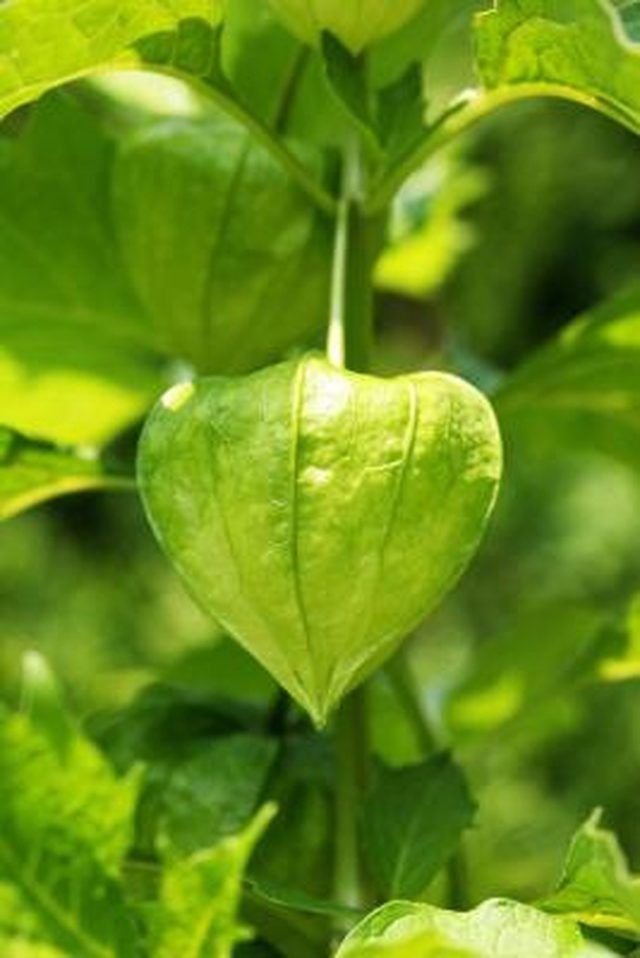Bulbs
Flower Basics
Flower Beds & Specialty Gardens
Flower Garden
Garden Furniture
Garden Gnomes
Garden Seeds
Garden Sheds
Garden Statues
Garden Tools & Supplies
Gardening Basics
Green & Organic
Groundcovers & Vines
Growing Annuals
Growing Basil
Growing Beans
Growing Berries
Growing Blueberries
Growing Cactus
Growing Corn
Growing Cotton
Growing Edibles
Growing Flowers
Growing Garlic
Growing Grapes
Growing Grass
Growing Herbs
Growing Jasmine
Growing Mint
Growing Mushrooms
Orchids
Growing Peanuts
Growing Perennials
Growing Plants
Growing Rosemary
Growing Roses
Growing Strawberries
Growing Sunflowers
Growing Thyme
Growing Tomatoes
Growing Tulips
Growing Vegetables
Herb Basics
Herb Garden
Indoor Growing
Landscaping Basics
Landscaping Patios
Landscaping Plants
Landscaping Shrubs
Landscaping Trees
Landscaping Walks & Pathways
Lawn Basics
Lawn Maintenance
Lawn Mowers
Lawn Ornaments
Lawn Planting
Lawn Tools
Outdoor Growing
Overall Landscape Planning
Pests, Weeds & Problems
Plant Basics
Rock Garden
Rose Garden
Shrubs
Soil
Specialty Gardens
Trees
Vegetable Garden
Yard Maintenance
Where is Chlorophyll Found in Plant Cells?
Where is Chlorophyll Found in Plant Cells?. Plants differ from most organisms on Earth in that they can produce their own food by synthesizing sugar from water and carbon dioxide using energy from the sun. Chlorophyll, found in a plant's cells, helps accomplish this process.

Plants differ from most organisms on Earth in that they can produce their own food by synthesizing sugar from water and carbon dioxide using energy from the sun. Chlorophyll, found in a plant's cells, helps accomplish this process.
Features
You can find chlorophyll inside cellular structures called chloroplasts, the tiny pill-shaped organelles responsible for photosynthesis. All green parts of the plant contain chloroplasts. Within the chloroplast, stacks of round structures called thylakoids contain the chlorophyll. Within these thylakoids, the process of photosynthesis begins.
Function
Photosynthesis begins with light absorption. Chlorophyll absorbs all colors of light except for green -- plants appear green because chlorophyll reflects back the green wavelengths that strike it. This light energizes electrons inside the chlorophyll, giving the plant energy to power sugar synthesis.
Fun Fact
Plants contain vast numbers of chloroplasts and, therefore, large amounts of chlorophyll as well. One square millimeter of plant tissue can contain 500,000 chloroplasts, according to Florida State University's Molecular Expressions website. The plant parts primarily responsible for photosynthesis, such as leaves, contain more chloroplasts and chlorophyll.